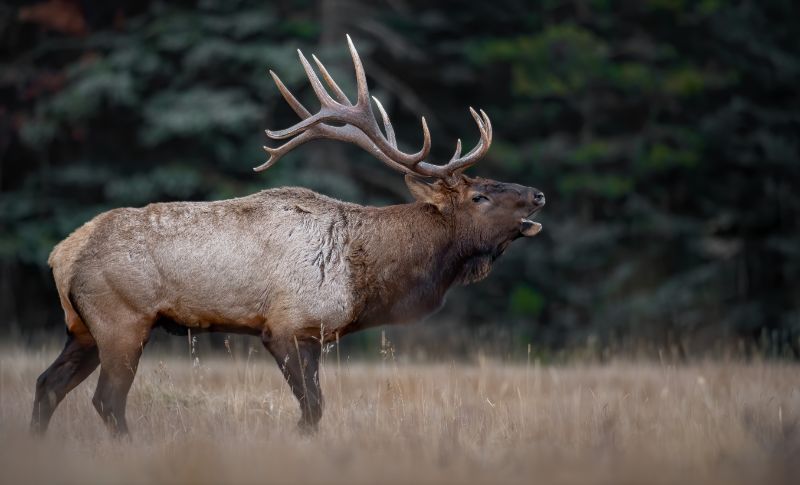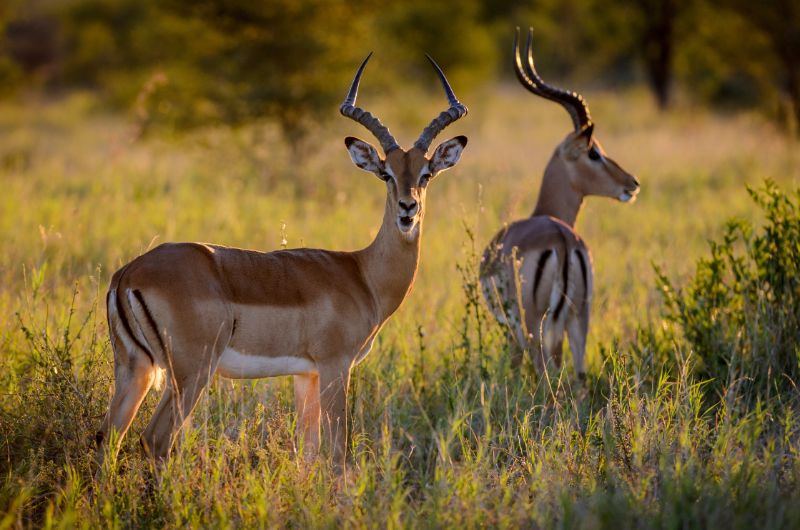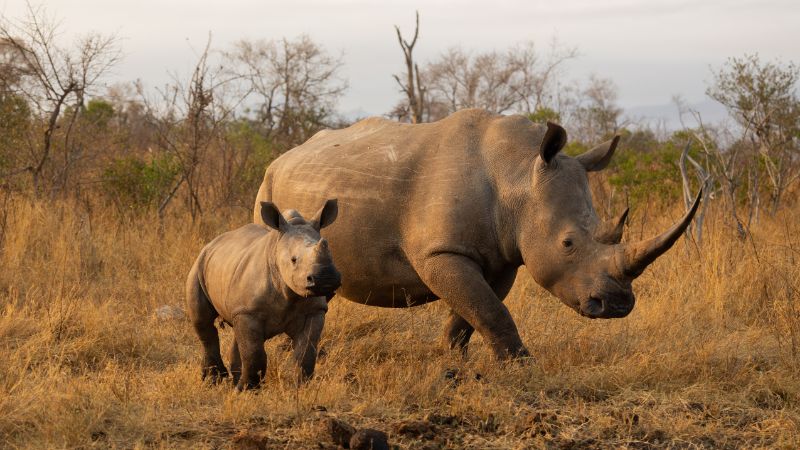10 Fascinating Animals With Horns: From Rhinos to Ibexes
When it comes to the vast tapestry of the animal kingdom, horns play a significant role. Not only do they serve as fierce weaponry, but these impressive structures also factor into courtship and aid in body cooling. From the deserts of Africa to icy reaches of the Alps, let’s journey into the fascinating world of Animals With Horns.
The Purpose and Anatomy of Horns

Intriguingly, these unique features are composed of bone and keratin. It’s an enduring combination, with the bone forming the core, swathed by a keratin shield. Unlike antlers, which cycle annually, once an animal is born with horns, they retain them for life unless manually removed.
The remarkable world of animals with horns primarily encompasses the bovidae family, including such diverse species as antelope, sheep, cattle, and goats. Our planet teems with these majestic creatures, featuring myriad horn styles, such as:
- Softly curved like a brushstroke in the wind
- Straight as a spear, ready for battle
- Elegantly spiraled, evoking nature’s artistry
While single-set horns are common, variations do exist. Interestingly, certain sheep species can flourish with multiple sets.
Horns vs Antlers: The Key Differences

A prevalent misconception is that horns and antlers are identical – our exploration reveals otherwise. Antlers, unlike horns, are composed of dead bone, devoid of a keratin covering. These skeletal offshoots, typically carried by males, have an annual life cycle, sprouting anew each year.
About Antlers
During growth, antlers don a ‘velvet’ cover, which nourishes the bone. But once they’re fully grown, the velvet naturally peels off. This soft outer layer plays a crucial protective role during the antler’s development phase.
The Exception: Pronghorn Antelopes
Pronghorn antelopes present a remarkable blend of horns and antlers – they boast a horn-like core sheathed in keratin, which interestingly, sheds annually. Moreover, unlike traditional horns, pronghorn’s can branch out, adding to their unique charm. However, this feature is exclusive to males.
Rhinos: A Special Case of “Animals with Horns”

The majestic rhino presents a confounding yet interesting iteration of horns. Technically, their ‘horn’ isn’t a horn since it’s exclusively composed of keratin – surprisingly similar to human hair and nails!
See Related: Incredibly Interesting Facts About Gorillas
Horn Utilization in Human Society
Our species has found multiple uses for animal horns, from trophy hunting to more practical functions. Some traditionally cherished uses were:
- Attractive trophies or decorations
- Instrumentation in music or a drinking vessel
- Glue, furniture, or ornament production
- In China, antelope horns are therapeutic
- Horns as flasks for storing gunpowder or similar materials
With such a rich utility and significance, it’s no wonder that these impressive structures continue to captivate our imagination and respect.
So next time you spot one of the fascinating Animals With Horns, spare a moment to appreciate their unique beauty and vital role in the circle of life.
Related Resources: